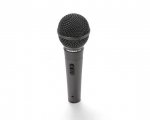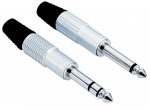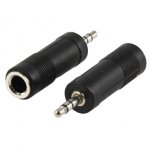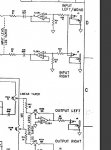FireZtreaM
New member
Hi guys and girls! I have a small problem. When i connect my SAMSON R11 directly to my computer it's dead. It's not picking up any sound what so ever.
But if i connect my SAMSON R11 through my NanoVerb, it works just fine. Why is that?
I've read that condenser microphones need phantom power, but this is a dynamic microphone, and those doesn't need phantom power, right? So what's wrong?


But if i connect my SAMSON R11 through my NanoVerb, it works just fine. Why is that?
I've read that condenser microphones need phantom power, but this is a dynamic microphone, and those doesn't need phantom power, right? So what's wrong?








